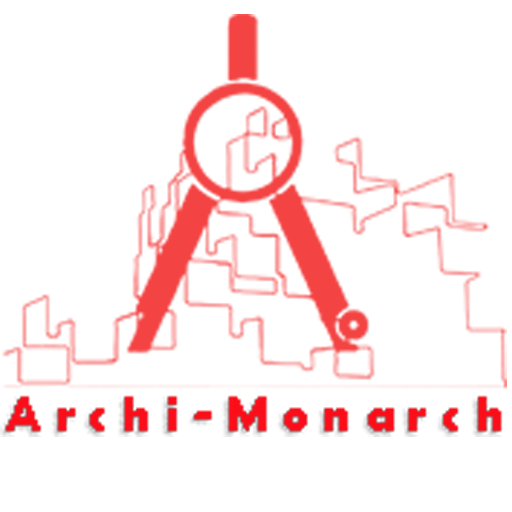In architecture, a roof cutout covering made of RCC (Reinforced Cement Concrete) refers to the use of a solid concrete slab to cover or partially enclose an intentional opening or cutout in a roof.
These cutouts may be designed for purposes such as providing vertical access (like staircases or lift shafts), incorporating skylights, or accommodating services like ducts or vents. Using RCC as the covering material ensures structural strength, durability, and resistance to weather elements.
It can also serve as a base for further finishes or waterproofing layers. RCC roof cutout coverings are commonly used in multi-storey buildings where long-term stability and load-bearing capacity are essential, especially in areas exposed to heavy rainfall or seismic activity.
If you want to know about the submission drawing or miscellaneous detail or interior detail, please click the link.
Image of Roof cutout covering detail and downloadable (in DWG) link below

Roof cutout covering detail drawing – 1
In construction, a roof cutout covering detail drawing is a technical illustration that shows how an opening in the roof is to be structurally and functionally enclosed or protected. These drawings are crucial for guiding contractors and engineers during the building process, ensuring safety, durability, and compliance with design intent.
The detail typically includes:
- Dimensions and Positioning: Exact size and location of the cutout in the roof slab.
- RCC Slab Detailing: Thickness, reinforcement bars (size, spacing, anchoring), and structural supports around the cutout.
- Edge Treatment: Beam or lintel reinforcement around the opening for added strength and crack prevention.
- Waterproofing Layers: Membranes or coatings applied around the perimeter to prevent water seepage.
- Insulation and Drainage: Slopes or drainage systems to direct water away from the cutout area.
- Covering Material: Whether the cutout is closed with RCC slab, glass (for skylights), metal louvers, or a combination—along with fixing details like fasteners, sealants, or support frames.
- Section Views: Cross-sectional diagrams to show vertical relationships and construction layers.
- Notes and Specifications: Material types, mix ratios for concrete, bar bending schedule, and references to building codes.
These detailed drawings ensure proper execution and help coordinate between architects, structural engineers, and site workers.
Our tips to help you improve your architectural Roof cutout covering detailing.
